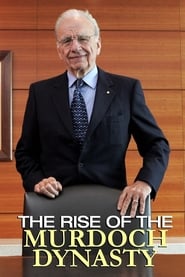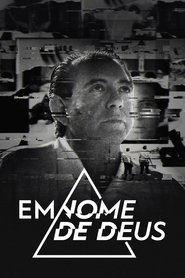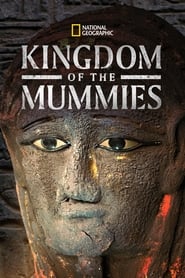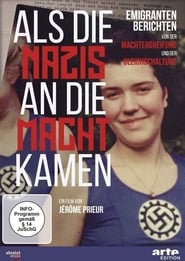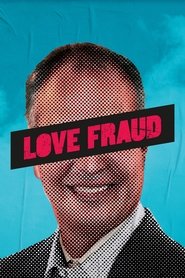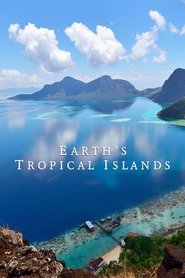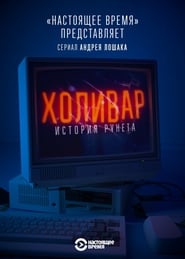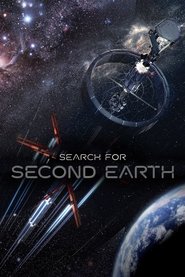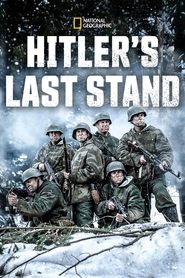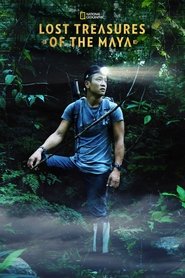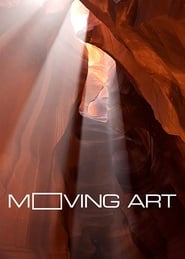Top Rated Documentary TV Series on Tub Tv - Page 87
-
The Rise of the Murdoch Dynasty
2020
star 7The incredible story of Rupert Murdoch’s influence on world events and the dramatic personal battle for power at the heart of his own family. -
Em Nome de Deus
2020
Em Nome de Deus
2020
star 7.9An investigation reveals how the famous Brazilian spiritual medium João Teixeira de Faria hid hundreds of allegations of sexual assault and other crimes, covered by a protection network that bends religious fanaticism, violence, fame and power. -
Airport Brazil: Restricted Areas
2017
star 7.6A behind-the-scenes look inside the complex operation of South America's largest and busiest airport, São Paulo/Guarulhos International Airport, through a series of day-to-day cases seen from the airport’s staff perspective. -
Kingdom of the Mummies
2020
star 6.8The series follows a team of archaeologists led by Ramadan Hussein from Germany’s Eberhard Karls University of Tübingen, in conjunction with Egypt’s Ministry of Tourism and Antiques, as they uncover the country’s first known fully intact funeral home. -
ARASHI's Diary -Voyage-
2019
star 8.2Twenty years after their debut, join the beloved members of Arashi on a new journey as they showcase their lives, talents and gifts to the world. -
The Monday Night War: WWE vs. WCW
2014
star 7.4A documentary about the period in sports entertainment, known as the Monday Night Wars. Includes interviews with past and present on-air personalities. Also includes looking back on superstars and storylines that made the Monday Night Wars so memorable. -
My Life in Hitler's Germany
2017
star 7These are the stories of those who lived through Hitler's Germany. They are the lucky who survived to tell their stories, whether they were persecuted Jews or the Reich's harassed opeposition. Told only with archival documents, this series is a deeply moving account of Germany and the Third Reich through the eyes of the oppressed, as they watched their country as it was crushed by dictatorship. -
Love Fraud
2020
Love Fraud
2020
star 7Four-part docu-series following the search for one man, Richard Scott Smith, who over the past 20 years used the internet and his dubious charms to prey upon unsuspecting women in search of love — conning them out of their money and dignity. -
The Hidden Kingdoms of China
2019
star 7.2From its highest mountains and plateaus, to its thickest jungles and bamboo forests, CHINAS HIDDEN KINGDOMS will reveal the wild side to China that few knew existed. -
World's Most Scenic Railway Journeys
2019
star 8.1Bill Nighy narrates the stories of epic train journeys through stunning scenery. -
Earth's Tropical Islands
2020
star 8.2Exploring some of the world's most isolated and iconic tropical islands. -
Why We Hate
2019
Why We Hate
2019
star 6.3Explore one of humanity’s most primal and destructive emotions – hate. At the heart of this timely series is the notion that if people begin to understand their own minds, they can find ways to work against hate and keep it from spreading. -
InterNYET: A History Of The Russian Internet
2019
star 6.9Dashing authors, the first porn sites and the last bastards. How the Russian Internet appeared and how it changed: from complete freedom to the appearance of censorship and the law on isolation. -
Wild Yellowstone
2015
Wild Yellowstone
2015
star 7.4Yellowstone challenges every animal that lives in this Rocky Mountain wilderness; in summer it pitches them into battle against one another for food, territories and mates, in winter it forces them into a struggle for survival. -
Search for Second Earth
2018
star 7.3Search for Second Earth brings to life, in breathtaking CGI, an epic future journey that our species has already begun: the voyage of an autonomous spacecraft to a planet beyond our Solar System in search of life. Join NASA planetary explorers Gentry Lee and Steve Squyres; and exo-planet hunters Sara Seager, Francois Forget and Natalie Batalha on their quest to find life beyond Earth. -
Basketball or Nothing
2019
star 7.4Follow the lives of the Chinle High basketball team in Arizona's Navajo Nation on a quest to win a state championship and bring pride to their isolated community. -
Hitler's Last Stand
2018
Hitler's Last Stand
2018
star 7.2Nazi diehard and fanatics fight to the last man to stop Allied forces from freeing Europe, keeping an unrelenting grip on the naval bases, citadels and fortresses of occupied Europe. -
Lost Treasures of the Maya
2019
star 8.4A new "treasure map" of the Maya world is transforming what we thought we knew of one of the world most mysterious ancient civilizations. -
Will Smith's Bucket List
2019
star 4.1There aren’t many people in the world who have a bucket list quite like Will Smith. Now you can join him on his unbelievable adventure as he travels the globe, takes on insane challenges, overcomes obstacles and punches fear in the mouth! -
Moving Art
2014
Moving Art
2014
star 5Experience nature's art as filmmaker Louie Schwartzberg highlights the beauty that lurks in oceans, forests, deserts and flowers.
 Netflix
Netflix
 Amazon Prime Video
Amazon Prime Video
 Apple iTunes
Apple iTunes
 Apple TV Plus
Apple TV Plus
 Disney Plus
Disney Plus
 Google Play Movies
Google Play Movies
 Paramount Plus
Paramount Plus
 Hulu
Hulu
 HBO Max
HBO Max
 YouTube
YouTube
 fuboTV
fuboTV
 Peacock
Peacock
 Peacock Premium
Peacock Premium
 Amazon Video
Amazon Video
 The Roku Channel
The Roku Channel
 AMC+
AMC+
 Kocowa
Kocowa
 Hoopla
Hoopla
 The CW
The CW
 Vudu
Vudu
 Starz
Starz
 Showtime
Showtime
 PBS
PBS
 Pantaflix
Pantaflix
 FXNow
FXNow
 Tubi TV
Tubi TV
 Kanopy
Kanopy
 Comedy Central
Comedy Central
 Crunchyroll
Crunchyroll
 Microsoft Store
Microsoft Store
 Redbox
Redbox
 Sun Nxt
Sun Nxt
 ABC
ABC
 DIRECTV
DIRECTV
 Crackle
Crackle
 Fandor
Fandor
 Plex
Plex
